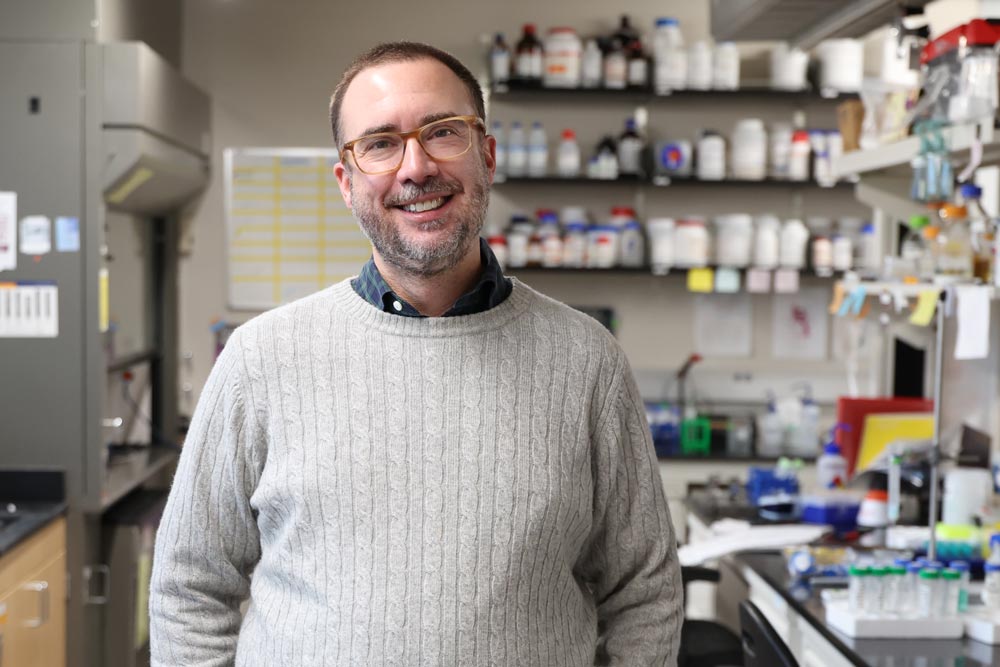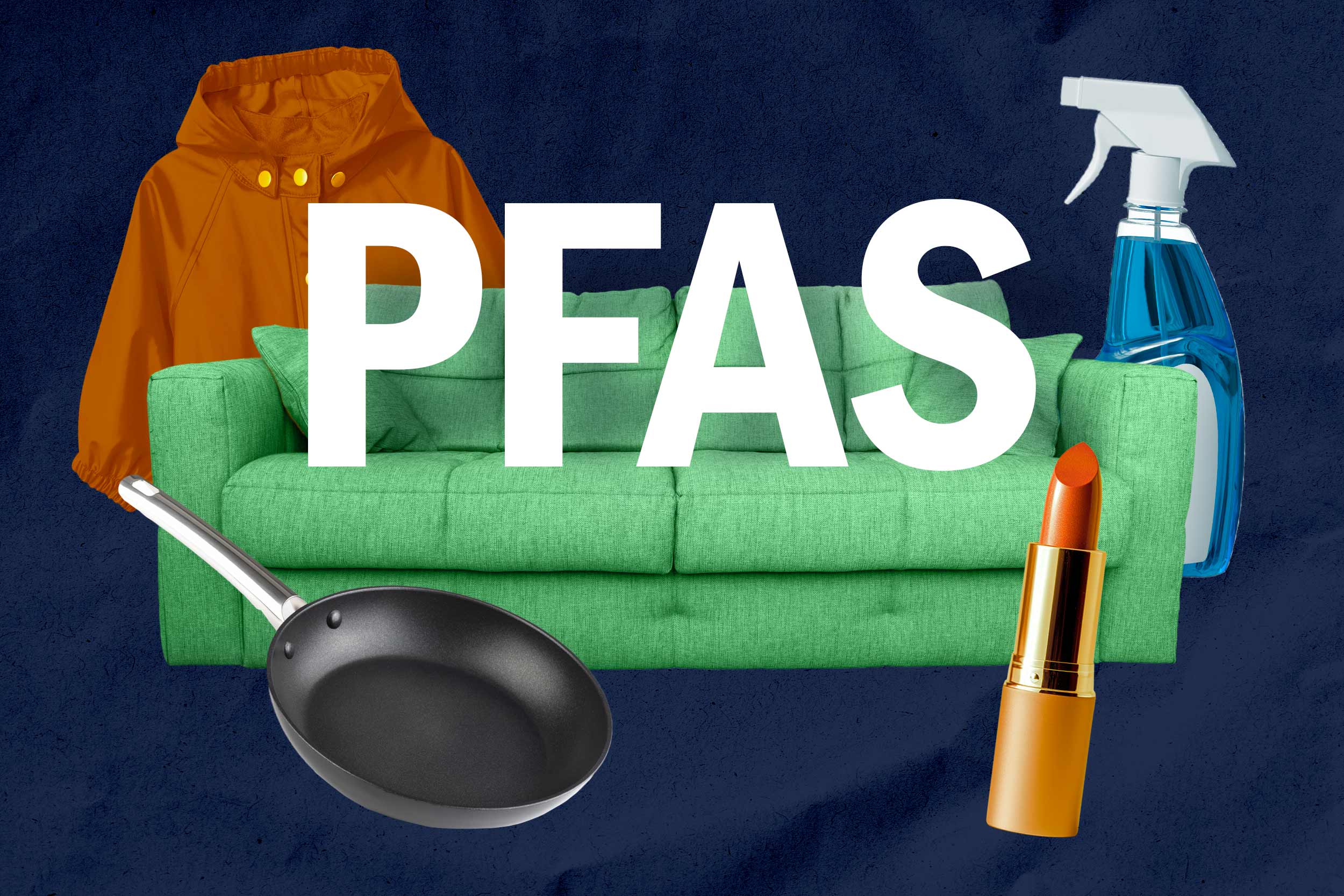The dangers of so-called “forever chemicals” are slowly becoming widespread knowledge, from cholesterol and cancer risks to immune system and hormonal interference. Regulators are working to catch up to these chemicals that are now commonly present in consumer products and the environment at large.
PFAS chemicals – more formally, per- and polyfluoroalkyl substances – are a class of synthetic chemicals used in many consumer products and industrial processes. They are found in everyday products like nonstick cookware, waterproof clothing, furniture, cleaning products, grease-resistant paper, personal care products and stain-resistant coatings.
“Right now, there’s the rush to figure out how much is accumulating in food and how much is acceptable. I would argue no amount is acceptable,” said Bryan Berger, an associate professor of chemical engineering at the University of Virginia’s School of Engineering and Applied Science.
Research links PFAS to human health problems including liver damage, thyroid disease, obesity, fertility issues and cancer.
The Environmental Protection Agency, last year, introduced legally enforceable drinking water standards, designating PFAS as hazardous. An estimated 98% of the United States population carries detectable levels of the chemicals in their blood, according to Johns Hopkins Bloomberg School of Public Health.
Last September, Berger received a share of more than $15 million in grants from the Environmental Protection Agency to help tackle the impact of forever chemicals in food and farming communities. UVA Today talked with Berger to learn more about his work and how he’s combatting this growing environmental challenge.
Q. What should we know about these chemicals we are being exposed to daily?
A. PFAS are the colloquial name for perfluoroalkyl and polyfluoroalkyl substances, also known as forever chemicals. They’re used in everything from firefighting foam (because they can survive extreme temperatures) to non-stick coating (because they are water resistant). So they’ve become popular and ubiquitous in consumer products, including food packaging.
But think about the firefighting foam, something that can survive thousands of degrees and not break down. Over time, these things have just accumulated as we’ve manufactured them and put them into all these products. We’re at a point now where they’re showing up in food, water and soil. There are studies over the past year showing PFAS in rainwater, for example. If you go to remote parts of the world where there’s no industrial chemical manufacturing, there are detectable levels of PFAS in animal tissue in the wild there. We’ve been producing it for so long, it’s now accumulated in our environment and is moving throughout it continuously.
Q. What has your research into these forever chemicals yielded?
A. The goal of the EPA grant is to develop tools and technologies to detect forever chemicals and how they enter our food through agriculture.

Bryan Berger, an associate chemical engineering professor at UVA, researches the impact of forever chemicals in food and farming. (Photo by Matt Riley, University Communications)
Prior to the EPA grant, with the support from Jefferson Trust, I realized that one of the biggest challenges people face is detecting PFAS and figuring out where they are in the food supply. There are methods to do it, like liquid chromatography-mass spectrometry. They’re very sophisticated analytical techniques that are really precise, but they’re very specialized and very expensive. They take a long time, often weeks, for analysis, and very costly.
It usually costs $500 to $1,000 to do a single test. If you’re a farmer or a consumer, it’s going to be cost-prohibitive for you to test routinely the way you’d want to throughout a production cycle or at home. I focus on developing inexpensive, low-cost biosensors that would help detect where PFAS are present in the whole food production cycle.
We have published papers showing that they work. We validated them in surface water. We work in Maine with Native communities who have been affected by PFAS for further development.
Q. Can you tell us more about your community collaboration in Maine?
A. Our collaborators are the Mi'kmaq nation in Aroostook County, Maine, which is in the northernmost part of Maine near the Canadian border. A lot of the land they inherited had served as an Air Force base and was heavily contaminated with PFAS. Aqueous firefighting foam, a major source of PFAS contamination, is used to put out high-intensity fires. Rural communities have been disproportionately exposed to PFAS in industrial manufacturing and pesticides. Nowadays, though, it’s everywhere, so we’re really all exposed.










